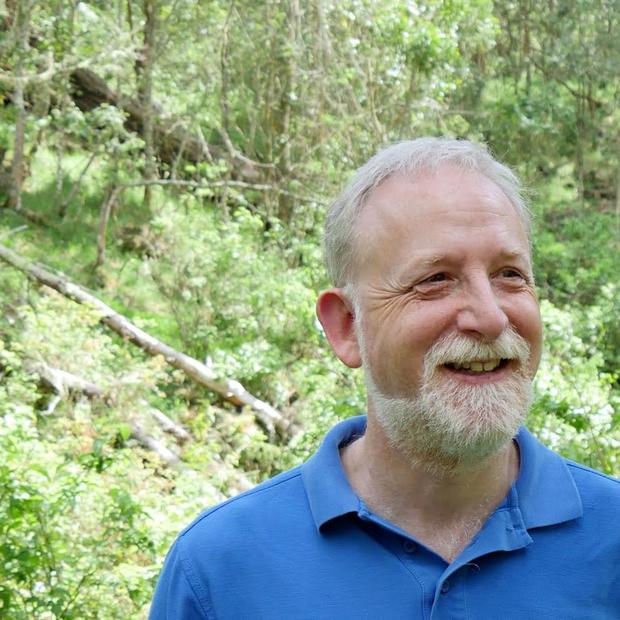In recent months, architect friends have explained how several post-Recesssion projects have focused their sustainability efforts on the end-user experience, rather than simply pursuing flagship "green" designations. It seems to indicate a renewed and commendable emphasis on the particular needs of building use, and, significantly, on the relationship of the building's user to the surrounding urban area.
I see this as a tilt towards the qualitative aspects of the urban experience — an approach that I believe should remain a lynchpin of evolving urbanism.
When I'm writing outside the confines of my day job as a lawyer, I usually pursue these qualitative aspects. I like to emphasize the impressionistic and more emotional "bookmark" experiences in cities around the world. By and large, these bookmarks recall modern expressions of traditional urban life. Together, they are a useful summary of the evolving experience of humans in cities.
As background for my forthcoming book, I itemized and illustrated several of these more qualitative bookmarks while traveling last year. Here are the results:
Spontaneous competition in simple places

Aspects of the city that avoid rigid regularity are among the most interesting and memorable. Here, an empty storefront in Sydney, Australia provides an impromptu stage where competing glass businesses advertise. Commercial needs drive unpredictable results in even the simplest of situations.
Signage with a direct message

Commercial signage also provides a prime venue for commentary. For these Sydney business owners, animals prevail, without question.
Wood-framed storefronts and proud displays

Natural building materials in urban settings give an organic sense of invitation to an otherwise cold world of metal and cement. Wood-framed shops, while impractical in some climates, and always high maintenance, add warmth and charm to their surroundings. Passersby are often drawn to exteriors — like this hat store facade in Barcelona — as well as to the variety, color and well-presented merchandise within.
Water features that emulate nature, in context

While not always allowable for health and safety reasons, water features in the public domain evoke the spontaneous puddles, pools and streams of urban times gone by. Just as sidewalk tables and benches give this street in Melbourne, Australia a human scale, the central water feature complements the greenery and surprises passersby with the unexpected. There are lessons to be learned from these kinds of small-scale improvements. Not only does this coupling mimic a natural ecosystem, it also fulfills a dual aesthetic and drainage function.
Classy blokes in front of classy places

"Third places" with character, such as this local bar in Sydney, are nothing new. Outdoor customers provide ambiance and color as they interact with daily street life. Such urban interfaces, where business meets the street, need not be uncivil and in this case, resound with local character.
Commercial porches, with color and views of the street

In some parts of the world, traditional architectural styles mix commercial and residential uses, and offer "eyes on the street" from open verandas like these along a street in Sydney. This is a logical, and not artificially segregated approach to neighborhood. Rich color often enhances such traditional building forms.
Spectacular examples of shopping as urban spectacle

Debates about density often lack a rich visual record of active, close-knit community. Here in Valletta, Malta, a shopping day crowd jams the city spaces in a comfortable, communal way that is consistent with local culture. This wouldn't work in all cities, not without some permanent or scheduled pedestrian uses of rights-of-way. But this example shows density's dynamic potential.
Young children in open squares

Every urban open space should be a place where children can safely wander and explore at more than arm’s length from their parents or family. The most simple human experience, seeing your shadow, becomes touching theater to nearby observers. This scene in a Barcelona square is a challenge and a test: Can children safely chase their shadows where you live?
Culturally indigenous engravings in the built environment

Another universal pattern in built environments is that they reflect important cultural aspects of a place. In Portugal, public squares often contain features that reference the ocean, which is near and dear to this seafaring people. Walking in this Lisbon square is like being in a rolling sea. Have we lost unity of purpose that such places can no longer be built?
Merging family and business in fundamental ways

In Arusha, Tanzania, family and commerce merge with ease and precision, reminding us of fundamentals we should not forget. The merging of work life and family life was once commonplace. The evolving city, with increasing mixed use structures and work places close to home, might learn from images such as this.
This piece first appeared in the AtlanticCities.com. All images taken and composed by Chuck Wolfe. Click on each for more detail. © 2009-2013 myurbanist. All Rights Reserved.


